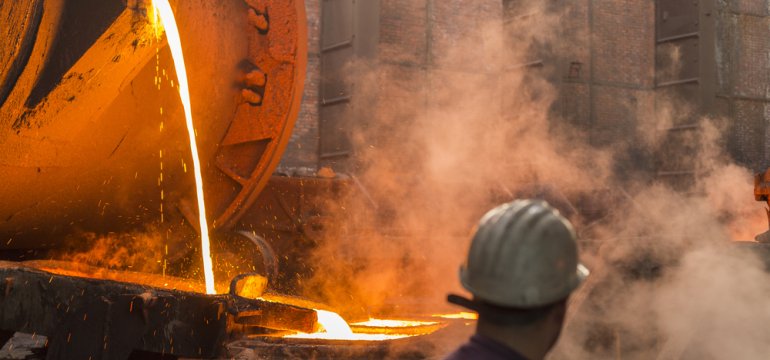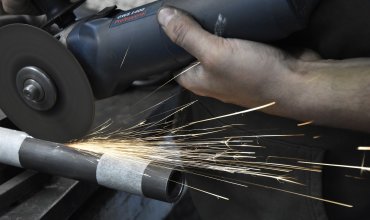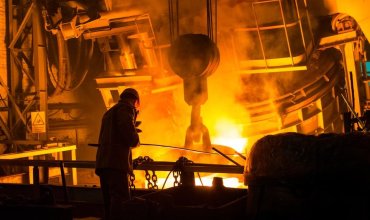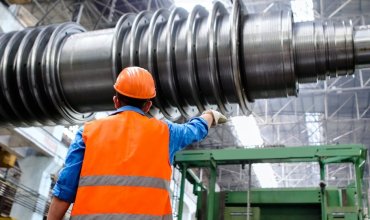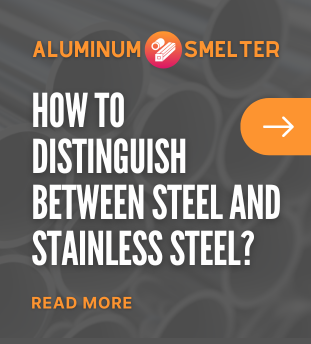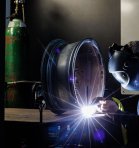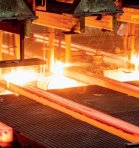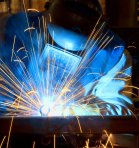Metal casting is one of the oldest industries, dating back thousands of years. The process involves pouring liquid metal into a mold, where it hardens and takes on the desired shape. In Poland, as well as around the world, metal cast ing has played a key role in the development of civilization, influencing technological progress and economic development. Although foundry technology has evolved over the centuries, the foundations of the craft have remained unchanged. In this article, we will trace the fascinating history of metal casting, as well as examine its modern applications and the latest technologies used in Poland and around the world.
Foundry's ancient roots
Metal casting dates back to ancient times, when primitive societies began using metals to create tools, weapons and ornaments. The earliest finding associated with casting dates to around 4,000 B.C. and comes from Mesopotamia. Copper and gold were most commonly used for casting, but over time other metals such as bronze and iron were also used.
Copper and bronze in antiquity
The first step in the history of casting was the production of tools and ornaments from copper. The ancients took advantage of its ease of processing and availability in nature. Then mankind discovered that the addition of tin to copper made it possible to obtain a more durable material - bronze. Bronze tools and weapons dominated during the Bronze Age (around 3300-1200 BC), which contributed to significant advances in civilization.
Iron and steel: new possibilities
Around 1200 B.C. came the so-called Iron Age, when mankind learned to smelt and process iron. Iron was much more accessible than copper and tin, making mass production of tools, weapons and other items possible. Significant technological advances were also brought about by the invention of steel, which was crucial to the further development of foundry-making.
Medieval foundry technologies
The Middle Ages brought further improvements in metal casting. In Europe, foundries were located in almost every major city and were an indispensable part of the local economy. Particularly in the Polish lands, founding played an important role, especially in the context of the production of weapons and agricultural tools.
Development of blacksmithing and metallurgy
Medieval blacksmiths and metallurgists had advanced technology to produce high-quality metals. They used furnaces called smokestacks, which allowed iron to be smelted using charcoal. These methods were very labor-intensive, but efficient, allowing the production of a large number of weapons and everyday utensils.
The formation of craft guilds
During the Middle Ages, craft guilds also began to form, bringing together founders, blacksmiths and metallurgists. Such organizations took care of the quality of production, controlling standards and educating new master craftsmen. Guilds played an important role in the development of foundry technology and in the transmission of knowledge from generation to generation.
Foundry in the industrial era
The Industrial Revolution brought huge changes to metal founding, both technologically and organizationally. In Europe, and especially in Polish lands, foundries underwent gradual transformations that allowed for much more efficient mass production.
Mechanization of foundry processes
With the invention of the steam engine in the 18th century, many processes previously done by hand began to be mechanized. High-capacity metallurgical furnaces were introduced in foundries, which allowed continuous production of metals. As a result, foundry work became more efficient and available for a wide range of applications, from engineering to construction.
Polish foundry in the industrial age
Numerous foundries developed on Polish soil, especially in regions rich in metal deposits, such as Silesia. They were an integral part of heavy industry, supplying metal parts for machinery, tools and building components. In the 19th century, as Poland regained its independence, foundry-making became a key element in the country's economic recovery.
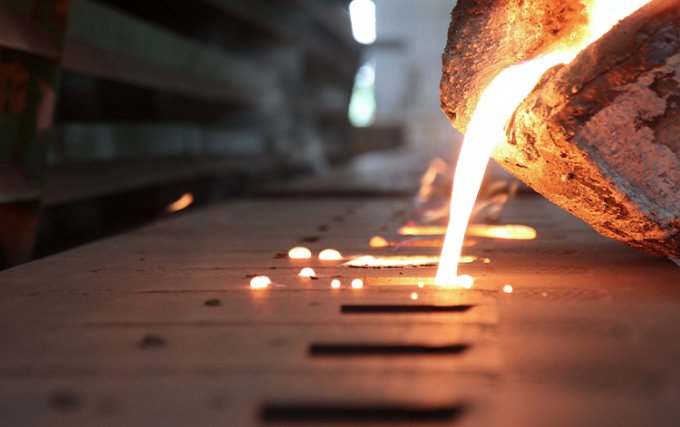
Modern foundry methods
Modern metal casting is based on advanced technologies that allow for precise metal shaping and mass production. In Poland, casting is a developed industry that uses state-of-the-art methods and technologies.
Pressure and precision methods
Modern casting methods include pressure techniques, which produce highly accurate and durable castings. This technology is used in the automotive, aerospace and electronics industries, where precision and durability are key. The Polish foundry industry also uses precision casting techniques, such as wax casting, which allows the creation of very complex and accurate shapes.
Automation and robotization
Automation and robotization of casting processes are a modern trend that is changing the face of metal casting. Thanks to advanced computer systems and robots, foundries can work with greater efficiency and less risk of errors. In Poland, more and more foundries are investing in modern technologies that allow automated production, improving the quality and efficiency of casting processes.
Ecological aspects of foundry operations
Modern metal casting not only strives for technological excellence, but also pays attention to ecological aspects. The foundry industry in Poland is undertaking numerous initiatives to minimize environmental impact and promote sustainable development.
Reducing emissions and recycling
One of the key challenges for today's foundries is the reduction of harmful emissions and effective waste management. In Poland, foundries are implementing technologies to reduce carbon dioxide and other greenhouse gas emissions. Advanced recycling systems are also being introduced to recover metals from scrap and reduce the consumption of natural resources.
Sustainable production technologies
Foundries in Poland are increasingly using sustainable production technologies that use less energy and water. Investments in renewable energy sources and energy efficiency are key elements of the foundry industry's sustainability strategy. As a result, foundries are becoming more environmentally friendly, helping to reduce their negative impact on the planet.
A glimpse into the future: innovation in foundry operations
Metal casting is constantly evolving, introducing new technologies and methods that will revolutionize this former industry. The future of metal cast ing in Poland and around the world seems promising, with a number of innovations that are opening up new manufacturing and technological opportunities.
3D metal printing
One of the most revolutionary technologies entering the foundry industry is 3D metal printing. This technology makes it possible to create extremely precise and complex metal structures that would be impossible to achieve with traditional casting methods. Polish foundries are beginning to experiment with 3D printing, seeing it as a huge potential for producing high-precision components.
Smart foundries
In the future, foundries will become increasingly intelligent, using advanced computer systems to manage production processes. Using artificial intelligence and data analysis, foundries will be able to optimize production, reducing costs and improving casting quality. The Polish foundry industry is already investing in such technologies to meet future market demands.
Summary
Metal cast ing is a fascinating industry with a rich history and a dynamic present. From its ancient roots to modern innovations, foundry has undergone many transformations that have shaped technological and economic development. Today, the foundry industry in Poland is a modern and green industry that is constantly looking for new ways to improve its processes.
The future of the foundry industry looks bright, with many innovations that promise further development and sustainable growth. The use of modern technologies, such as 3D printing and intelligent manufacturing systems, is opening up new prospects for this traditional industry.
Let the history and innovation of metal casting inspire the next generations, who, like their ancestors, will develop and shape the future of this remarkable field. The Polish foundry industry, full of experience and potential, is ready for the challenges of the future, continuing its historical heritage and supporting the country's economic development.


